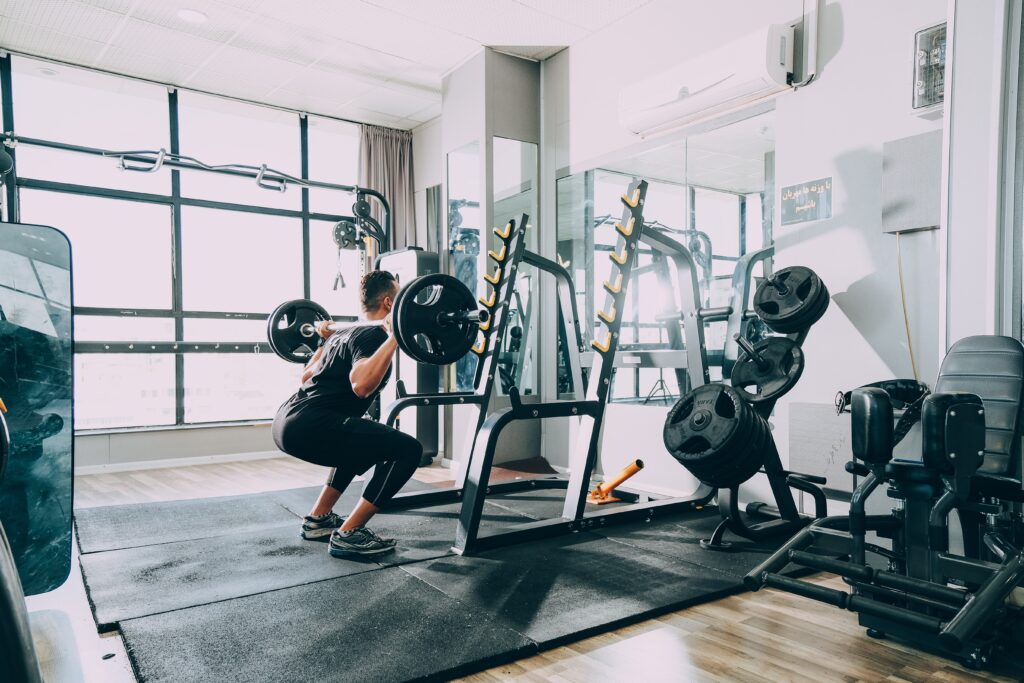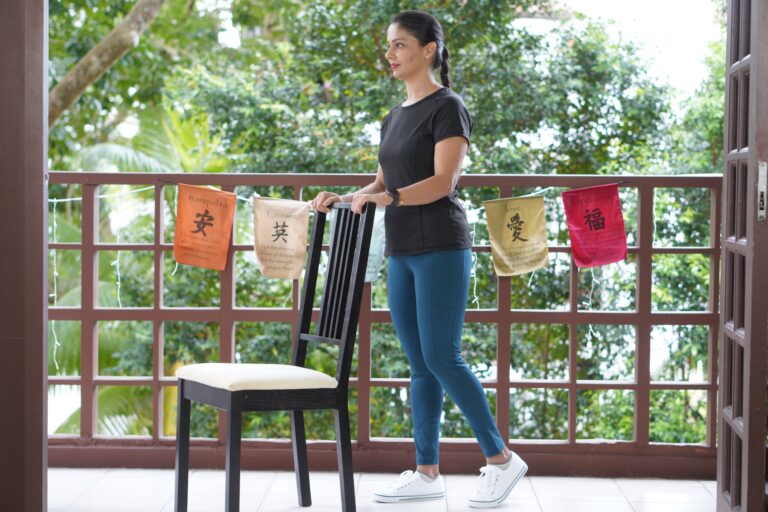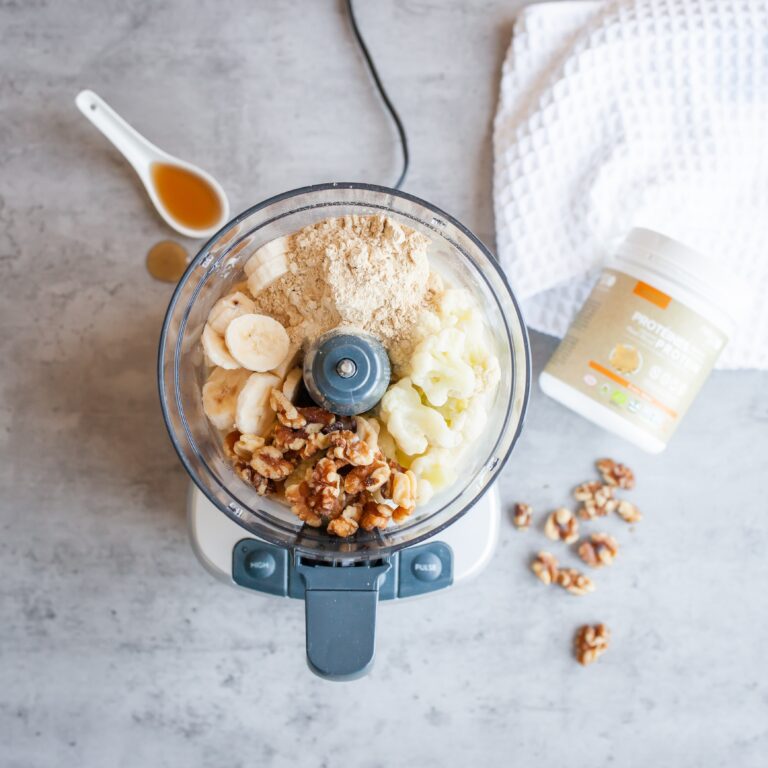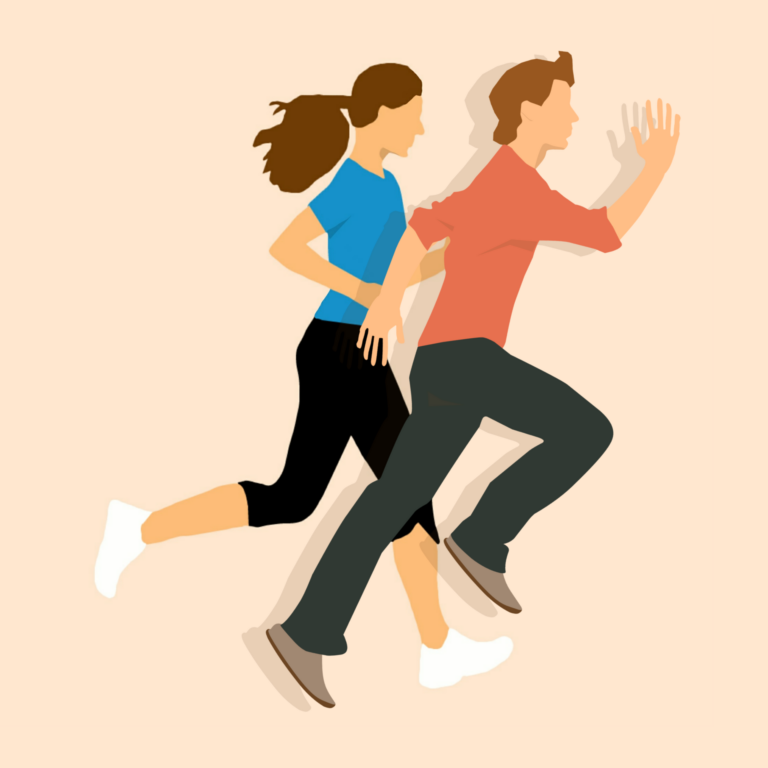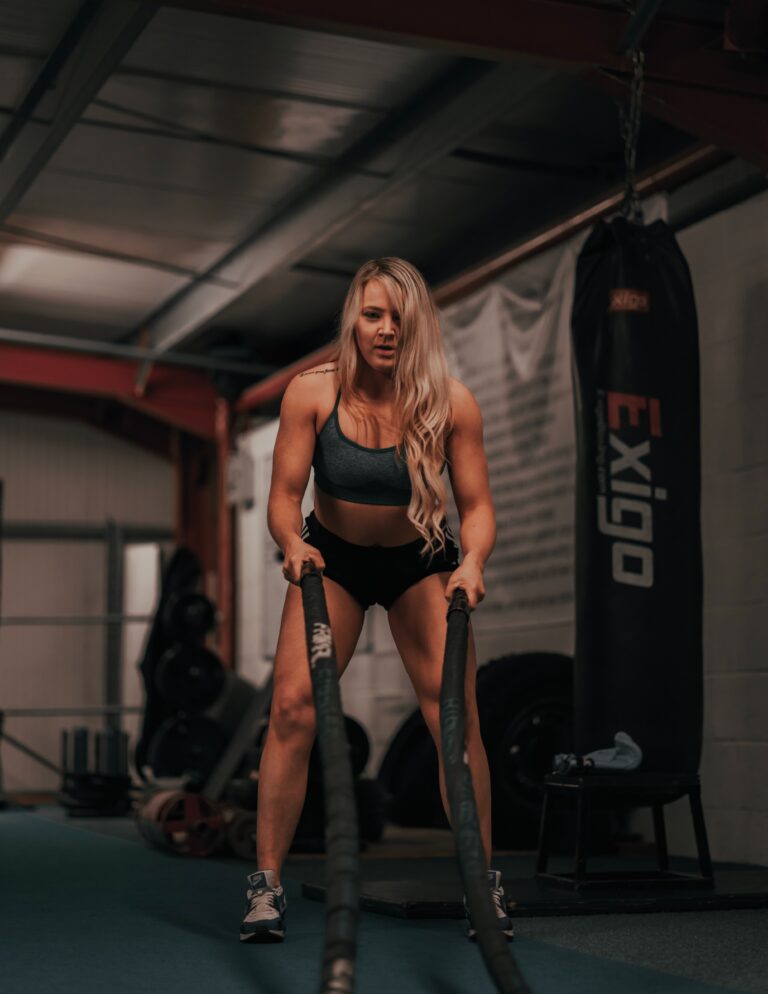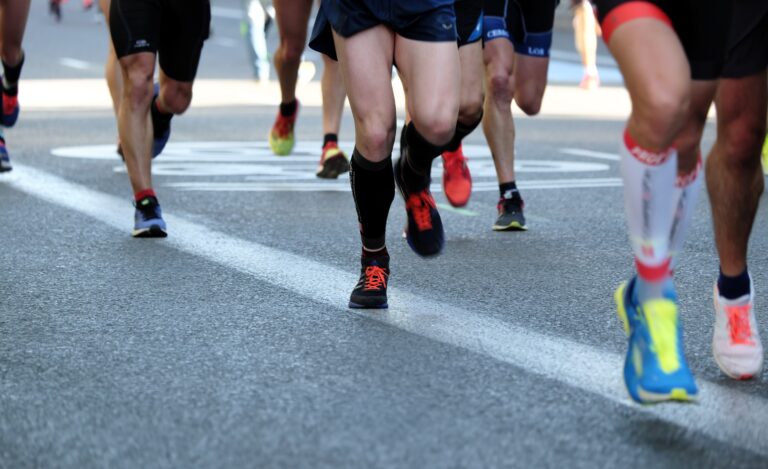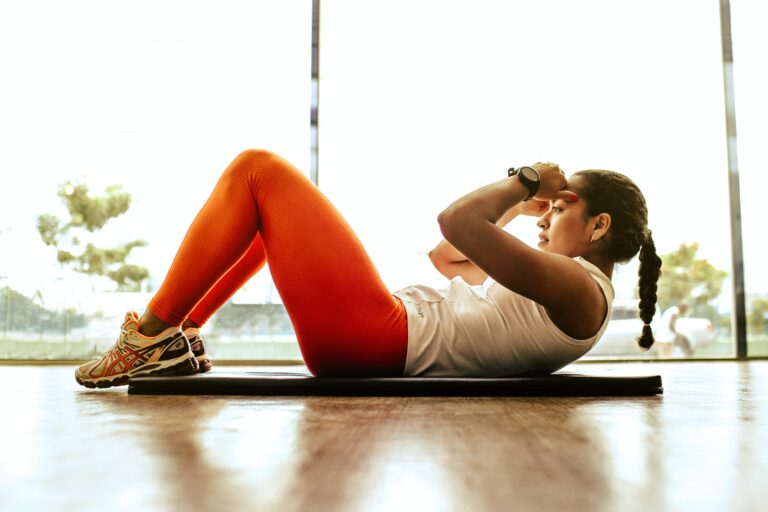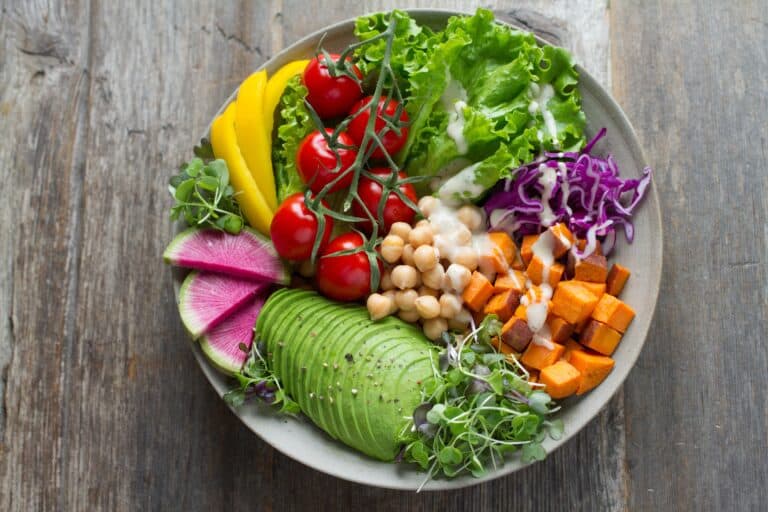The U.S. Army is updating a tape test method that measures a soldier’s body fat. It will be an improvement on a technique that has been considered “inadequate for gauging fitness”.
Frustrations with the Old Methods
In the past, soldiers were measured around their waists, necks, and hips to determine their fat content. The test gave soldiers standards for their weight based on height, age, and gender. It also encouraged some soldiers to hit themselves in the neck causing it to swell so they would reach the appropriate measurements.
The new test measures the waist only, offering a simplified solution. It also promotes a more well-balanced physique.
“We didn’t want people to game it so you’d be really strong in one area, but you wouldn’t be well-rounded in fitness overall,” Army Sgt. Maj. Michael Grinston stated.
Finding a New Method
Grinston took the initiative to change the test. He worked with the U.S. Army Research Institute of Environmental Medicine and Army Center for Initial Military Training to conduct a study of 2690 troops. Research showed that the test inaccurately measured compliance with body fat standards 35% of the time and disproportionately affected female soldiers.
When the results came in, the Army wondered how they would update the Army Combat Fitness test and how they would handle body composition regulations.
Grinston became proactive in visiting soldiers across the country to assess a proper sample size. His research showed that 10% of soldiers qualify as overweight- far lower than the general population, but troubling, nonetheless.
The study also looked at body scanners used in health care and athletics to determine body fat content. Unfortunately, the machines, which cost between $15,000 and $100,000, were too expensive for the military to afford. However, research revealed that when those scanners were used, they determined that the tape test was underestimating soldiers’ fat content by as much as 8%.
“I do call it the heartbreaker. I thought I was much leaner than I was. And I got on the (scanner and it broke my heart. So I have a little more body fat than I really want,” Grinston says of his own standards.
“We are proposing a way that you can actually get a second opinion before we separate soldiers. I think that giving every chance and benefit of the doubt to soldiers is what we should be doing,” he says.
Measuring Body Fat at Home
Measuring body fat is not only beneficial to soldiers. It should also be performed at home. The amount of body fat, as well as its location, must be considered. For example, body fat around the stomach is linked to a higher risk of diabetes, heart disease, and cancer.
There are several ways to measure body fat at home, but the most accurate may be calipers. Use them to pinch the skin at three spots of the body. The chest, abs, and thighs are recommended.
Calipers will provide you with a measurement of how much body fat you have. But their accuracy will depend on the skill of the person measuring. If you are not skilled, you may get varying, inaccurate measurements.
All the same, they may be the best choice as compared to professional body scans which can cost a pretty penny. What are your favorite methods for measuring body fat?


